European workshop on accidents/injuries at the workplace
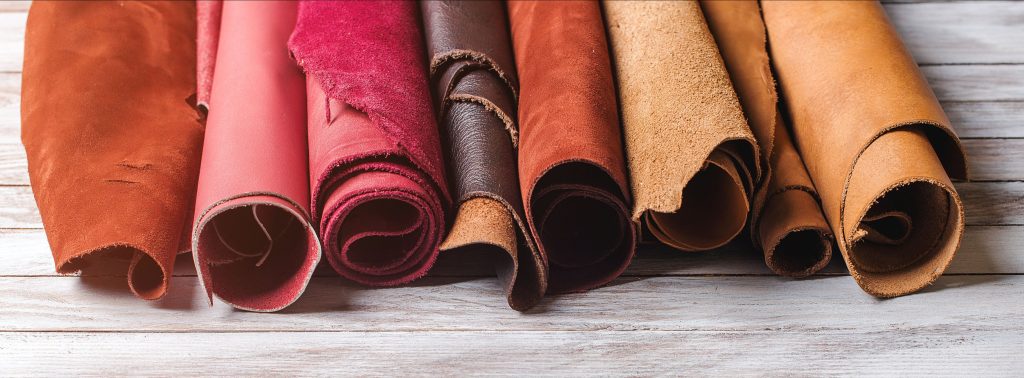
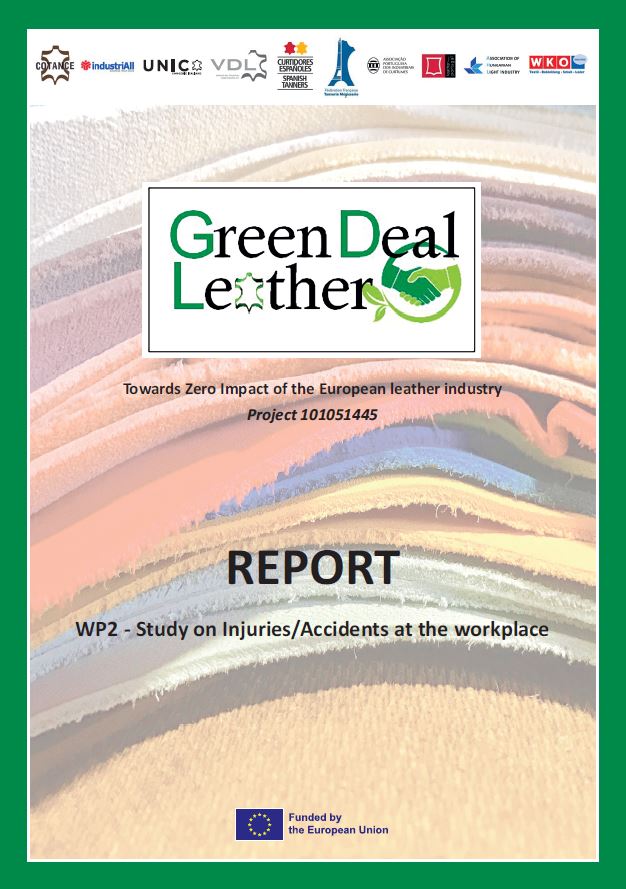
NEWS 3/2023
European workshop on accidents/injuries at the workplace
On 19 September 2023, on the premises of Lineapelle, the international leather fair in Milan, the European social partners for the tanning and leather sector, COTANCE and industriAll European Trade Union, held a European workshop to review the state of play in Workplace Safety in European Tanneries.
The workshop, developed as part of the EU-funded social dialogue project ‘’Towards Zero Adverse Impact of the European Leather Industry – GREEN DEAL LEATHER’’, brought together employers, trade unions and other stakeholders to review the results of a study on Injuries/Incidents at the workplace and discuss how to progress towards ”Zero Impact”.
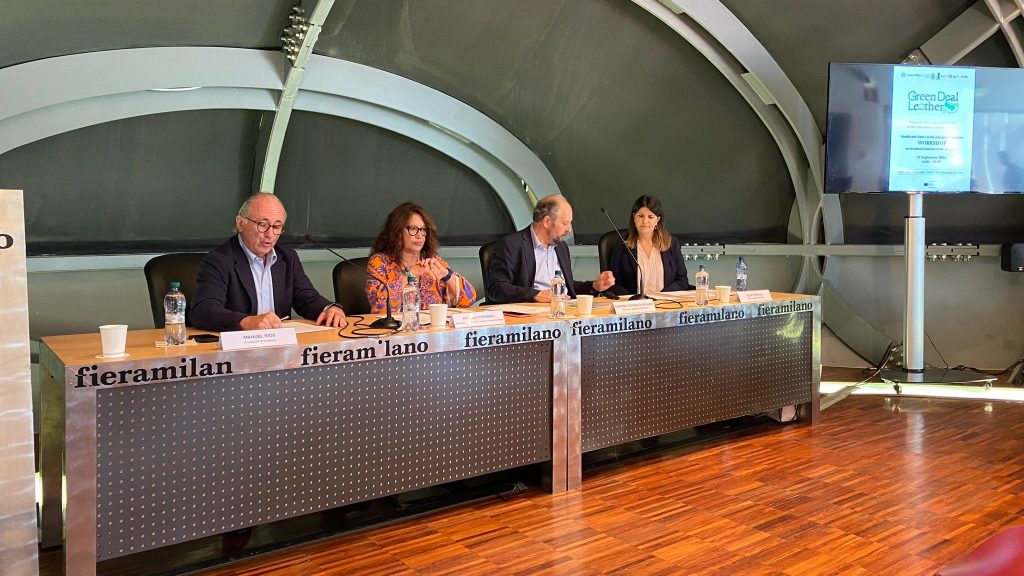
(Left to right) Manuel Rios (President of COTANCE), Patrizia Pitronaci (industriAll-Europe), Gustavo Gonzalez-Quijano (COTANCE), Silvia Pedrana (UNIC)
Opening the event, Manuel Rios, President of COTANCE, said:
“Our common ambition is to drive positive change in the global leather industry by “leading by example”. The present report pulls together all sector-specific information on tannery workplace accidents in Europe for better understanding them and drawing lessons for improved workplace safety in tanneries.”
COTANCE’s Secretary General, Gustavo Gonzalez-Quijano, explained the context of the Green Deal Leather project, emphasising: ”Since COTANCE started the Social Sectoral Dialogue with its Trade Union counterparts some 25 years ago, workers’ health and safety has always been at the top of our agenda. We understand that this concern ought to be the first priority when it comes to implementing Due Diligence in leather supply chains, as any accident at the workplace is irremediably a failure, with adverse consequences, above all, for the victim, but also for the employer.”
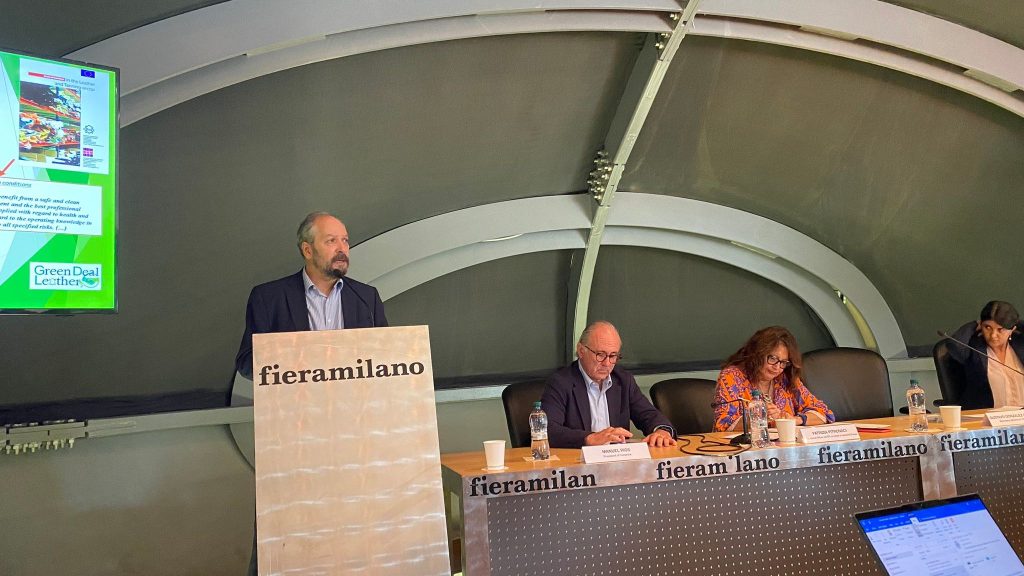
With 1102 accidents in 2021, the incidence of accidents at work in European tanneries is 3,2%. This figure includes accidents on the way to or from the workplace. Serious accidents are rare, most are wounds (49%), including superficial cuts concerning mainly the upper limbs (47%) with half involving hands (23%). From 2019 to 2021 accidents have decreased by 16% (both female and males).
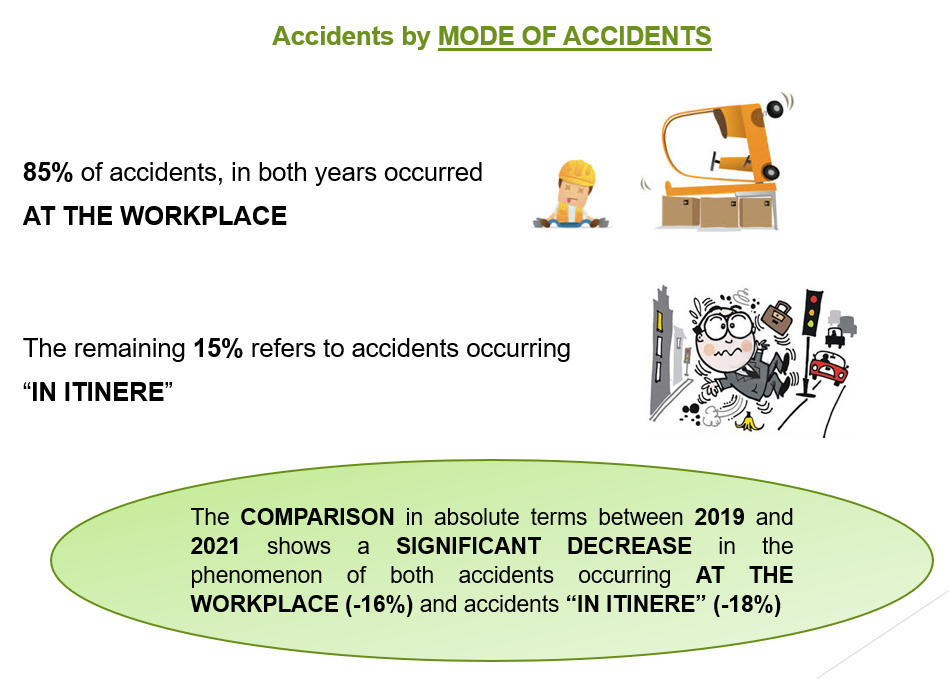
In the words of Judith Kirston-Darling, Deputy General Secretary ofindustriAll-Europe:
“Quality social dialogue is essential to ensure a safe tanning and leather sector in Europe. We encourage all employers to produce relevant data on occupational health and safety issues and to work closely with workers and their representatives at site level to ensure that all workers are properly trained, and that adequate health and safety measures are fully respected by both sides. By working together in an open and positive manner, we can eliminate accidents in the workplace and keep workers safe.’’
The Green Deal Leather study on ”Injuries/Incidents at the workplace” is available for download on COTANCE’s website.
A recording of the Workshop is available on our You Tube channel.


edited by
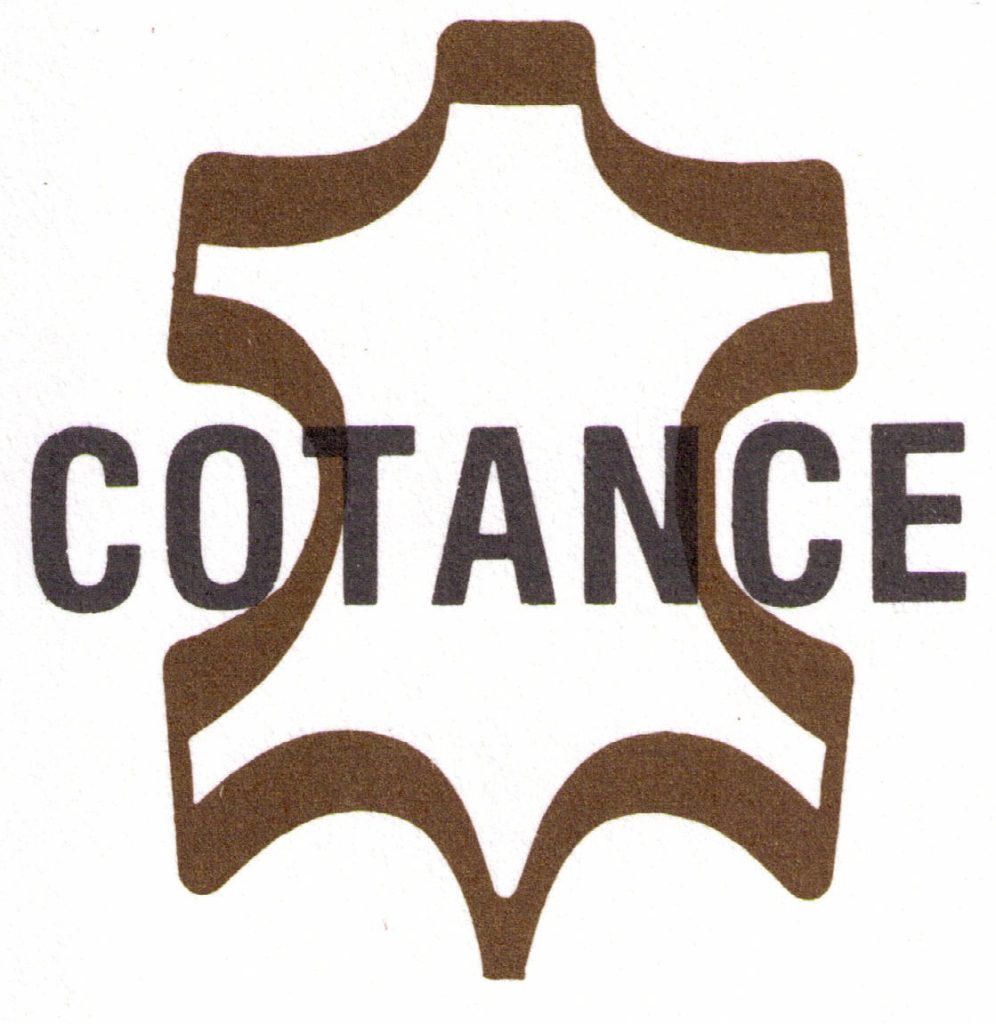
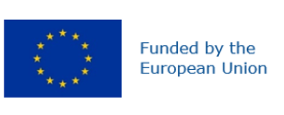
The sole responsibility for the content of this newsletter lies with the authors. It does not represent the opinion of the EU. The European Commission is not responsible for any use that may be made of the information contained therein.

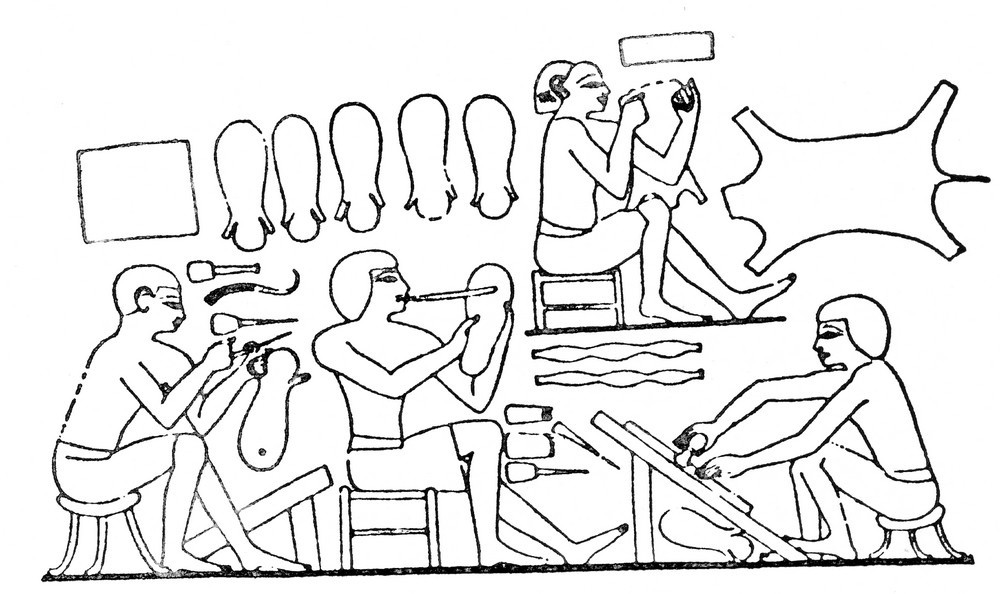


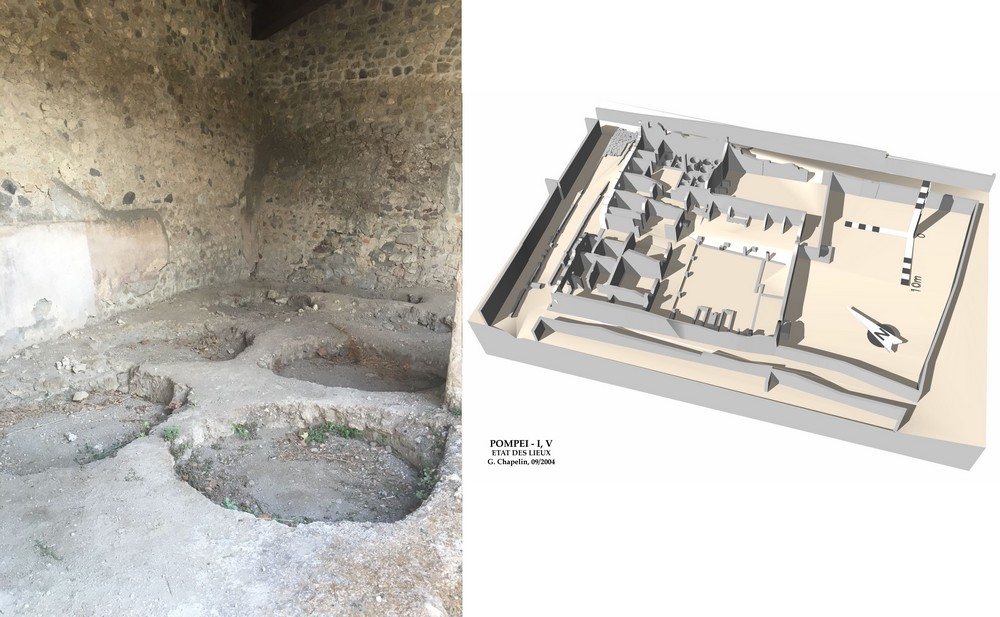

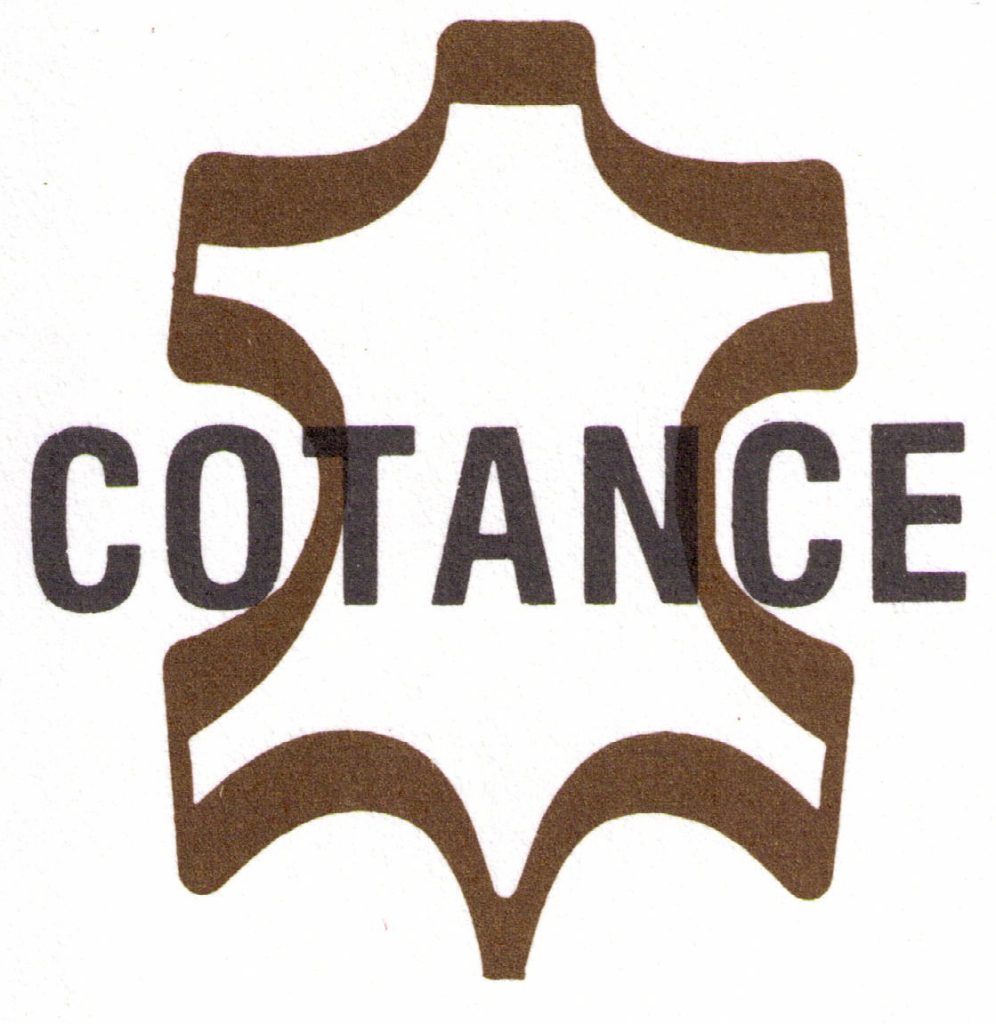

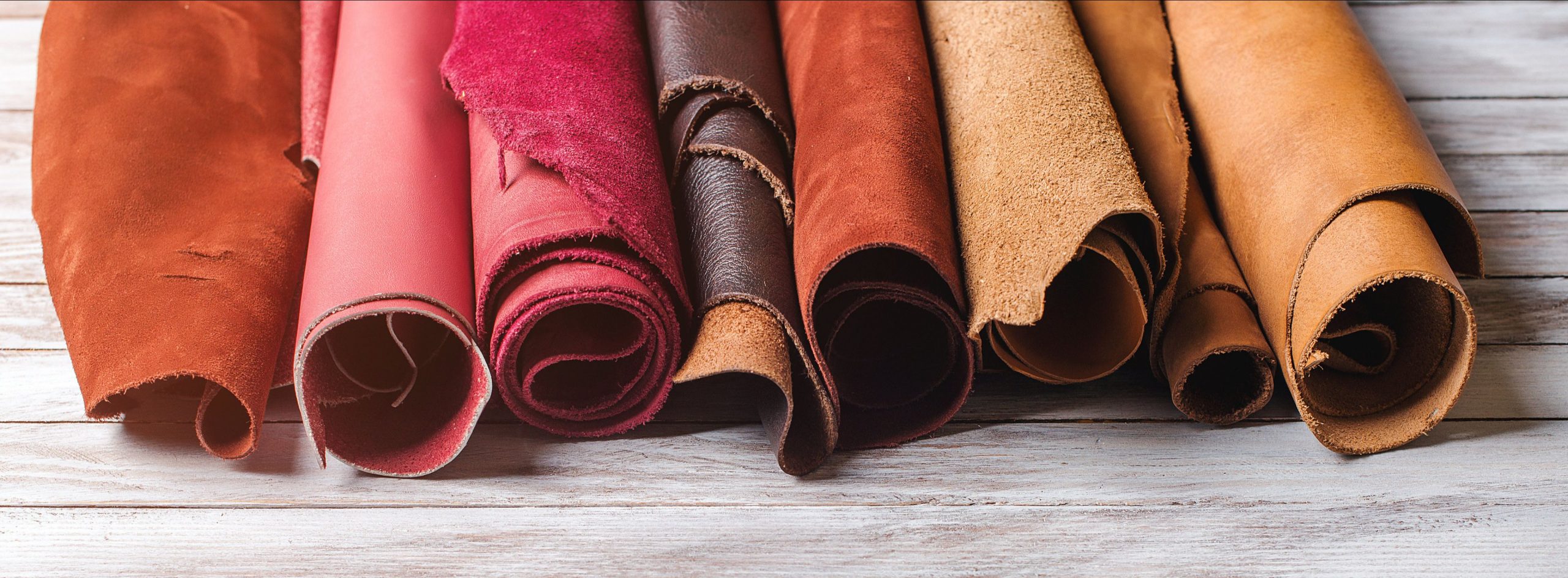

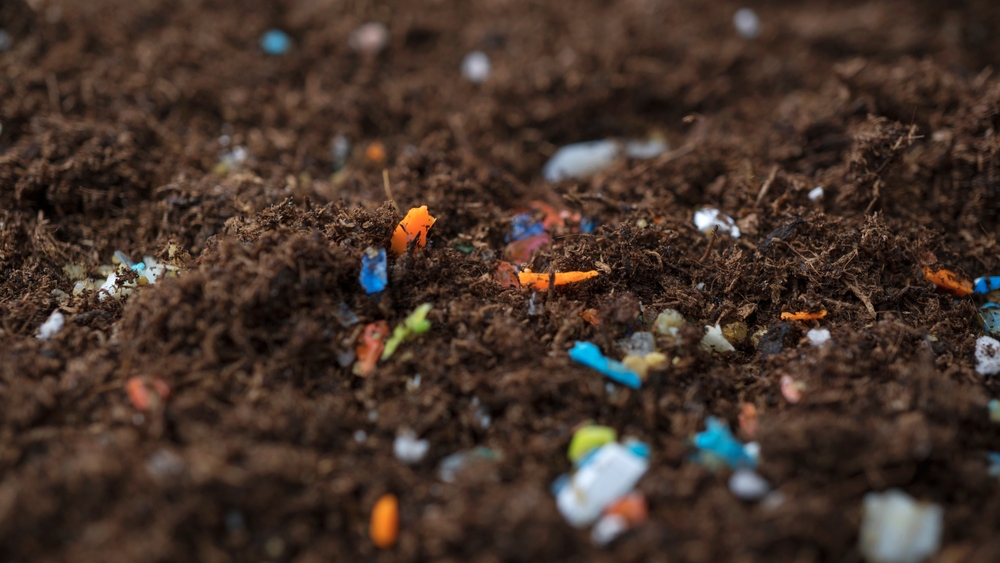
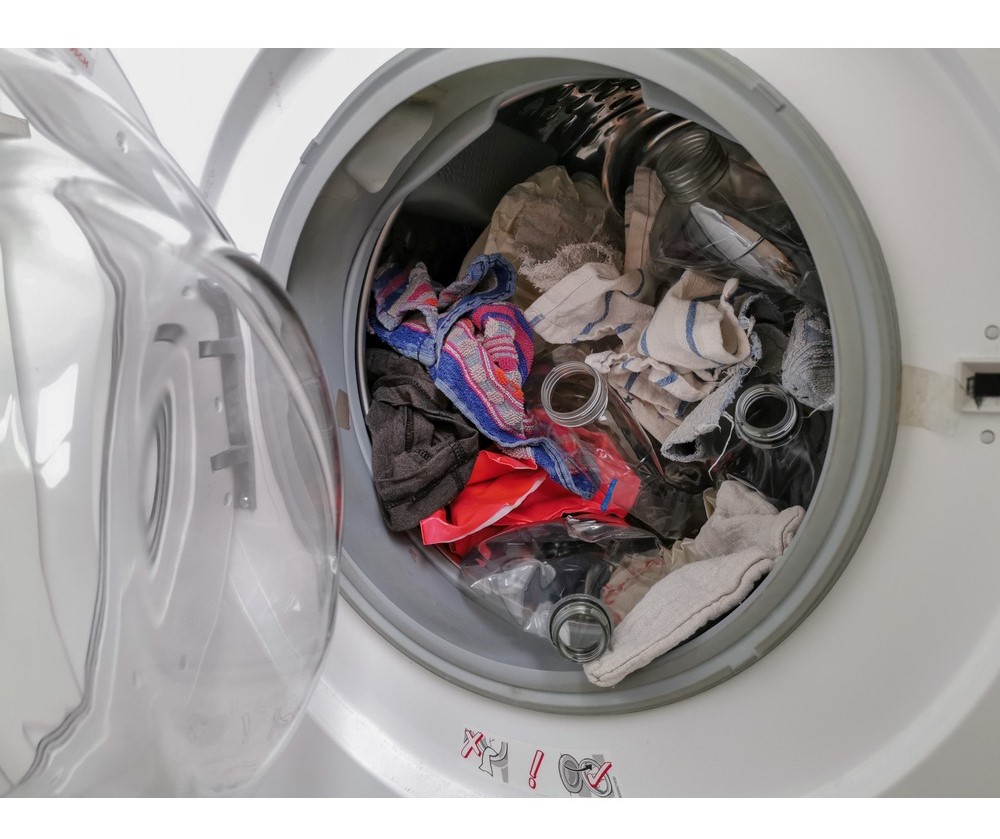
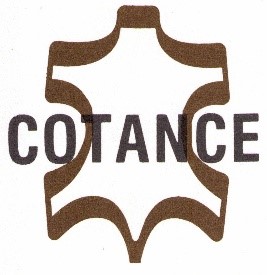
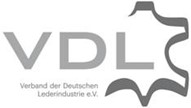

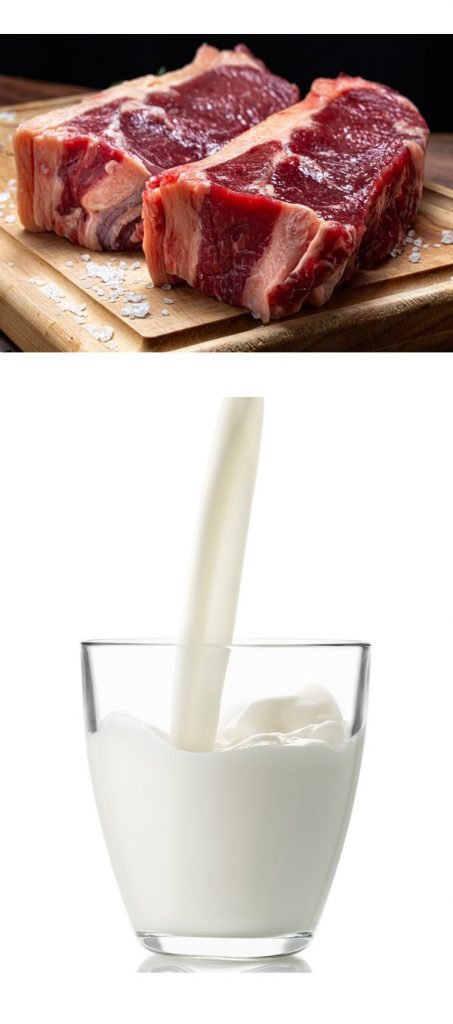

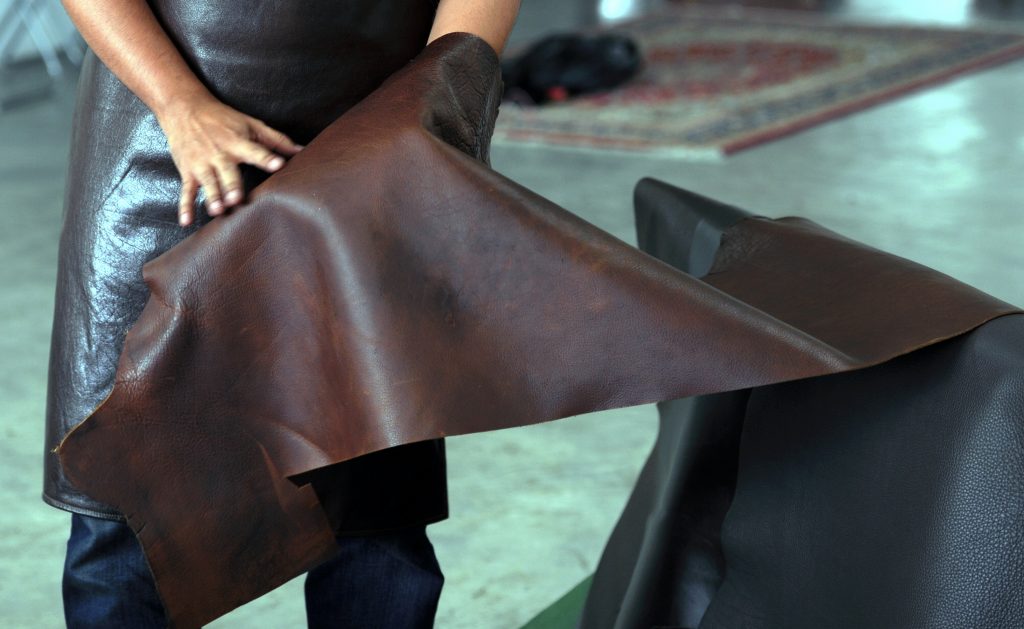

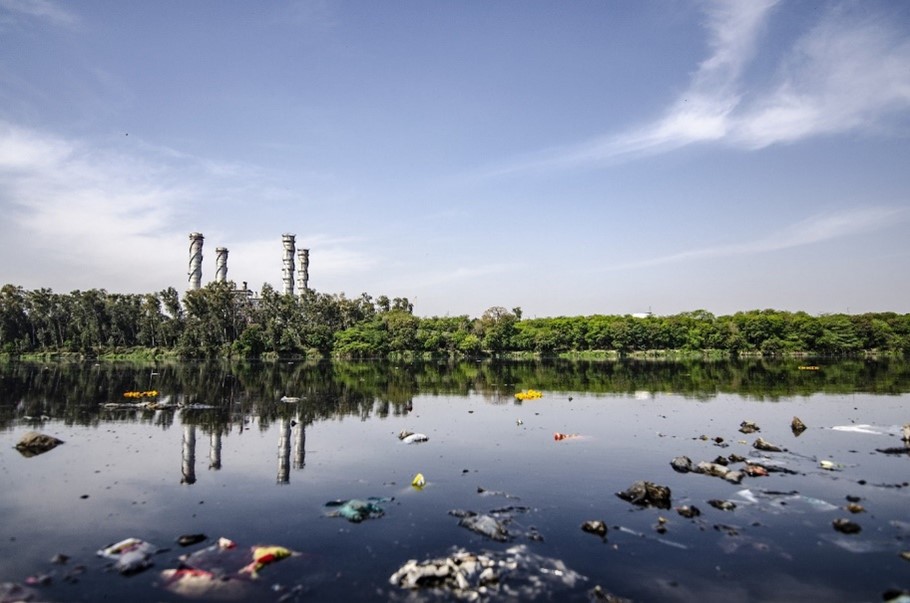
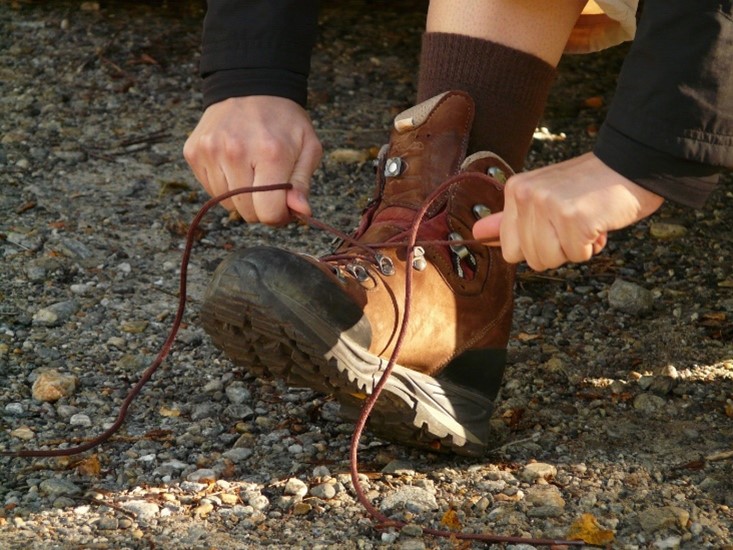
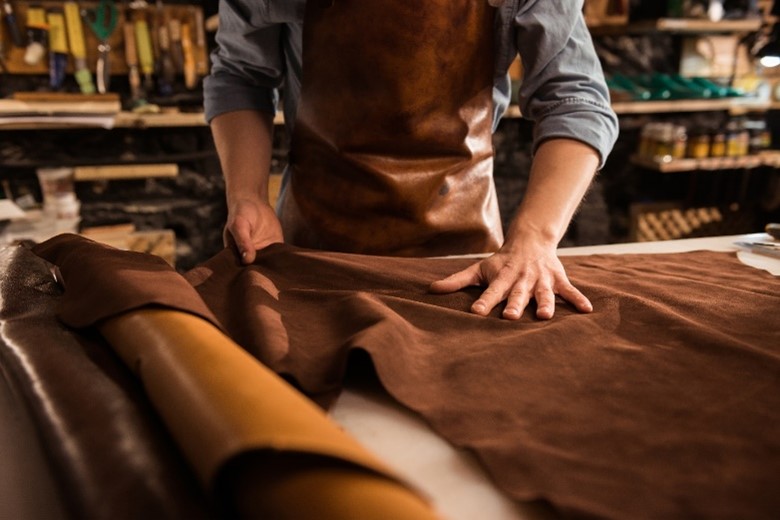
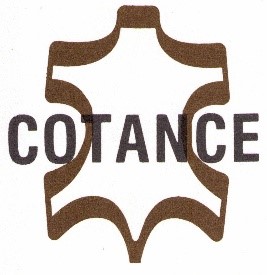
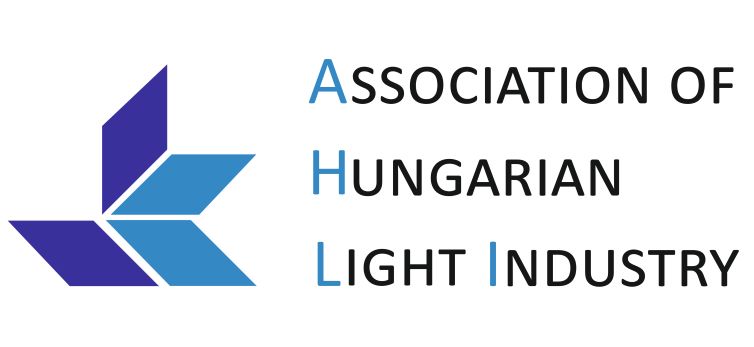
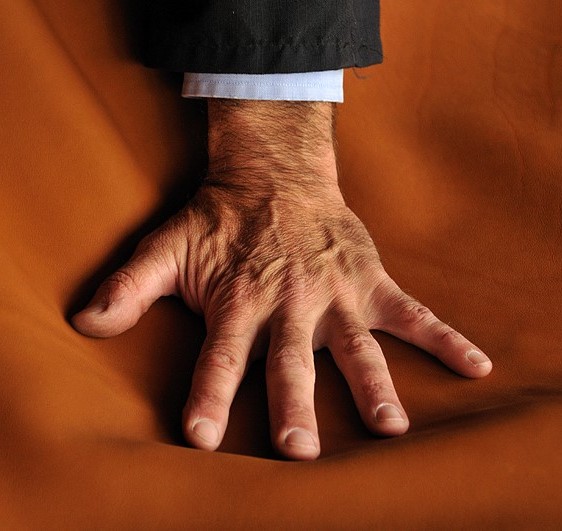
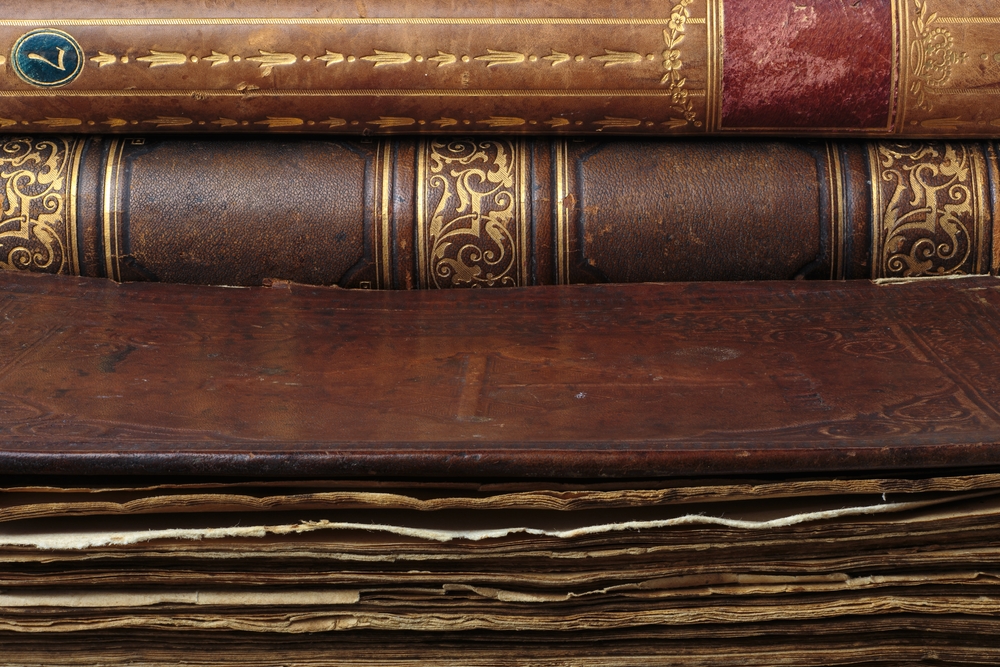
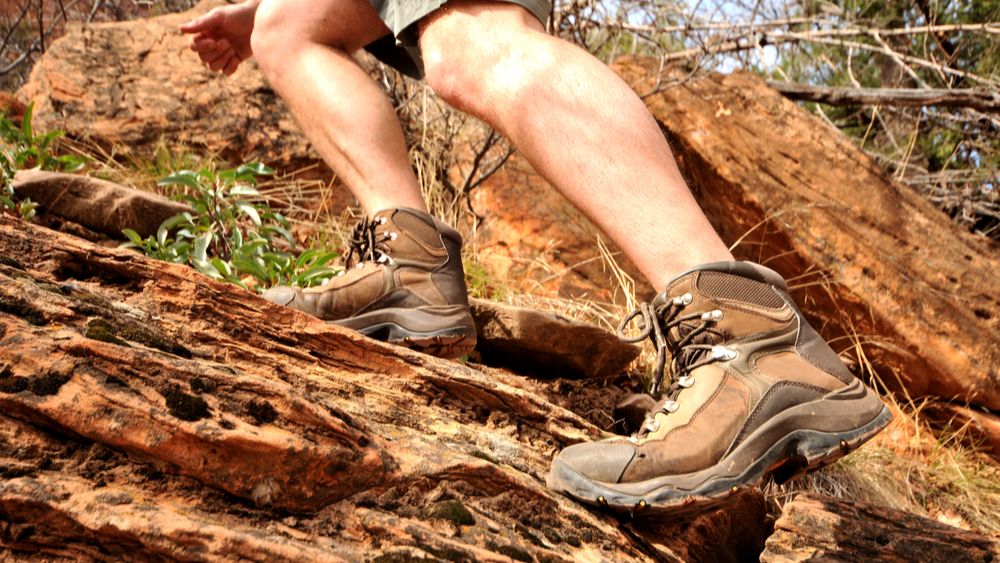


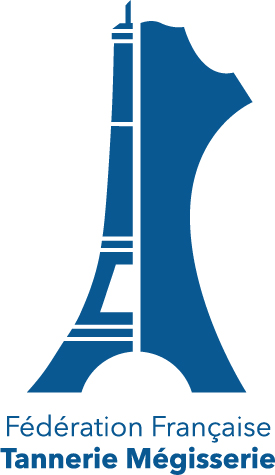
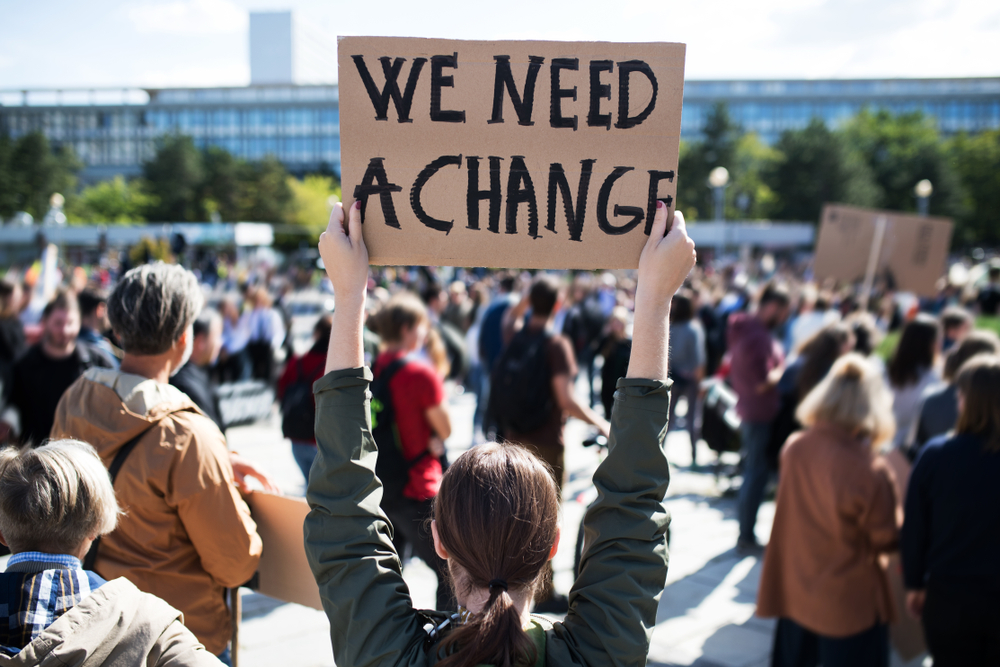
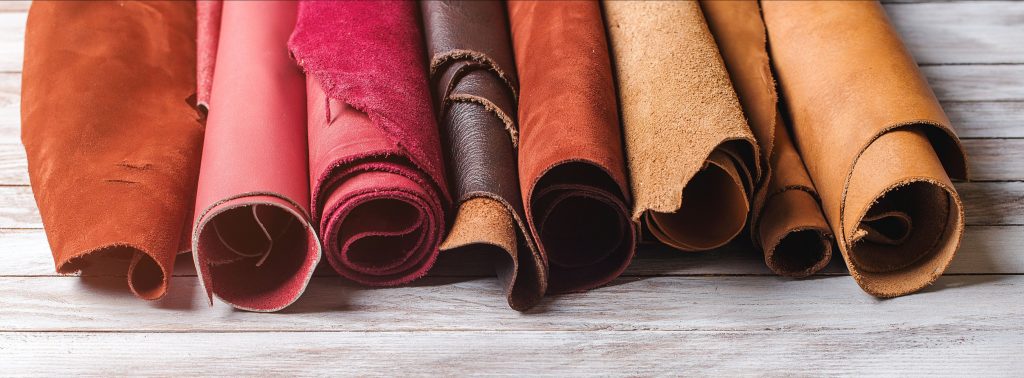
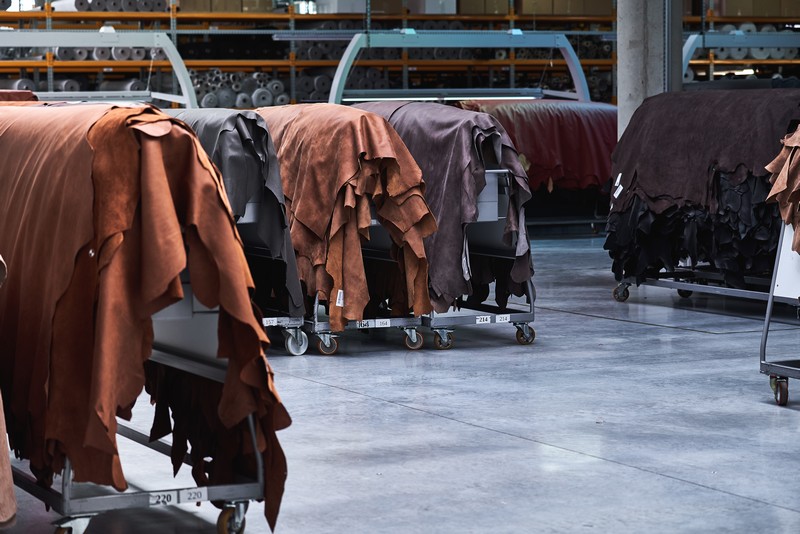
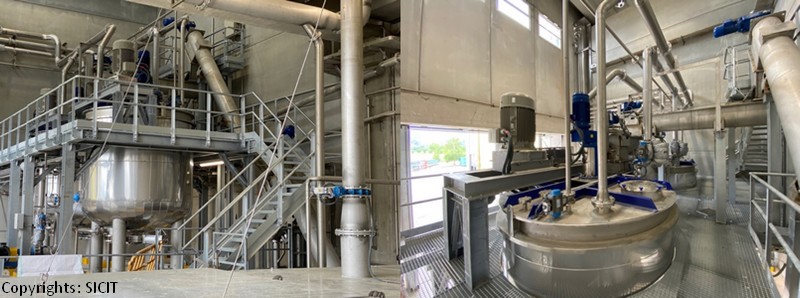



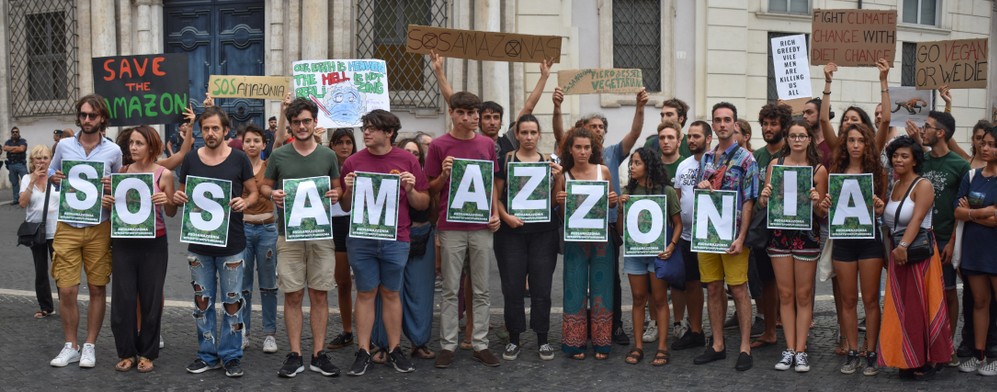
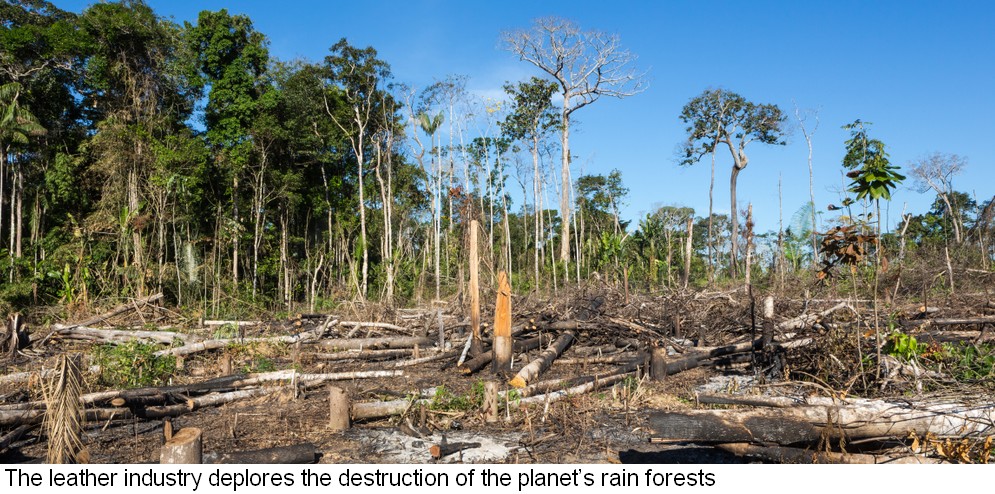
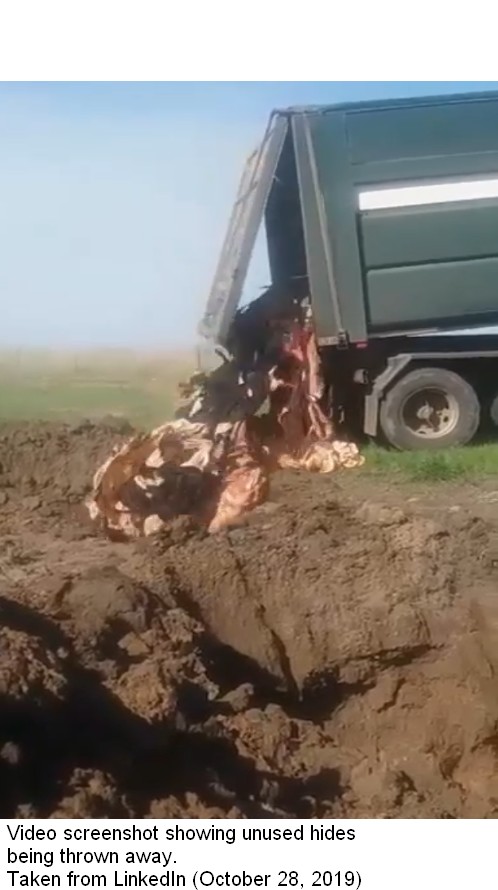
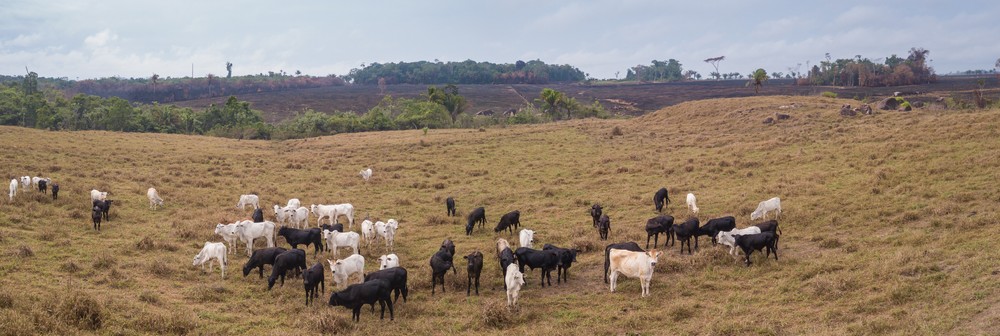



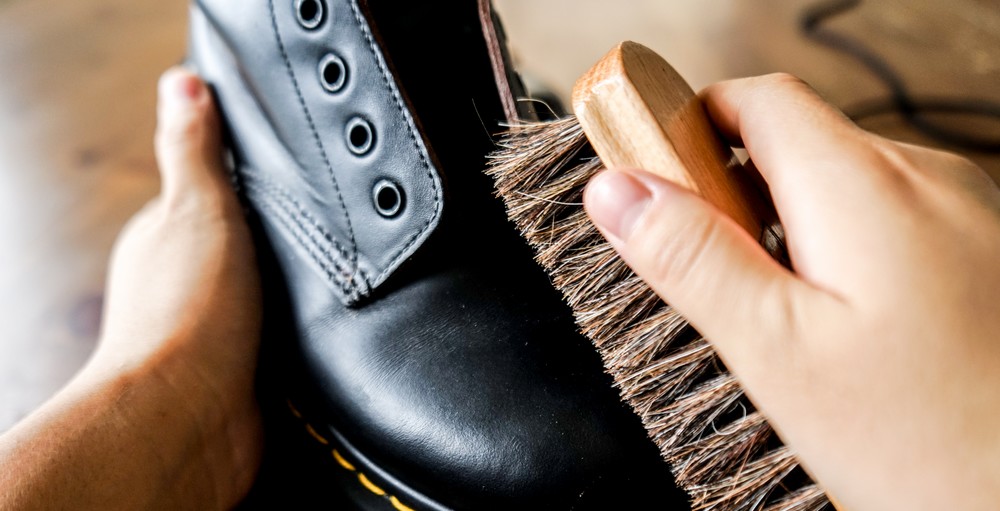

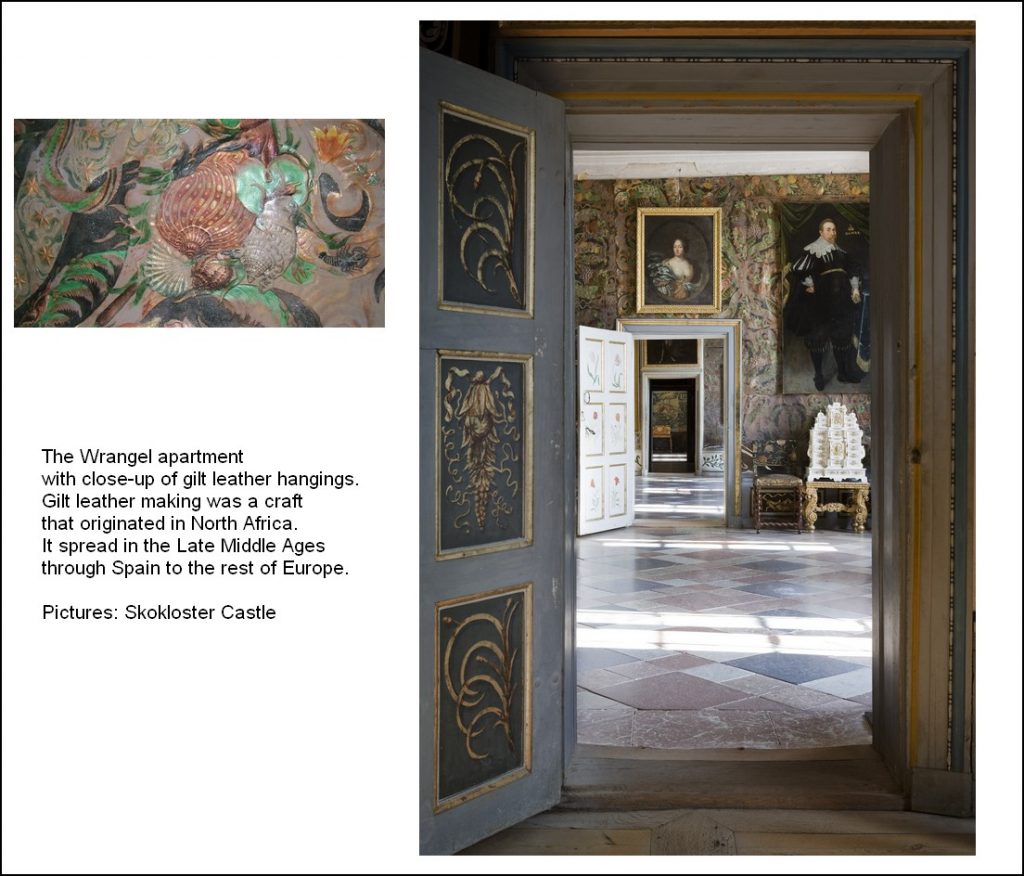
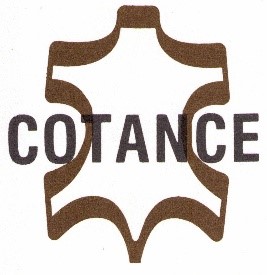
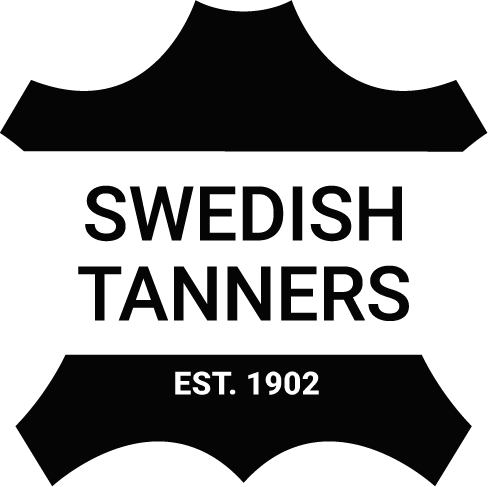
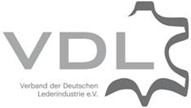

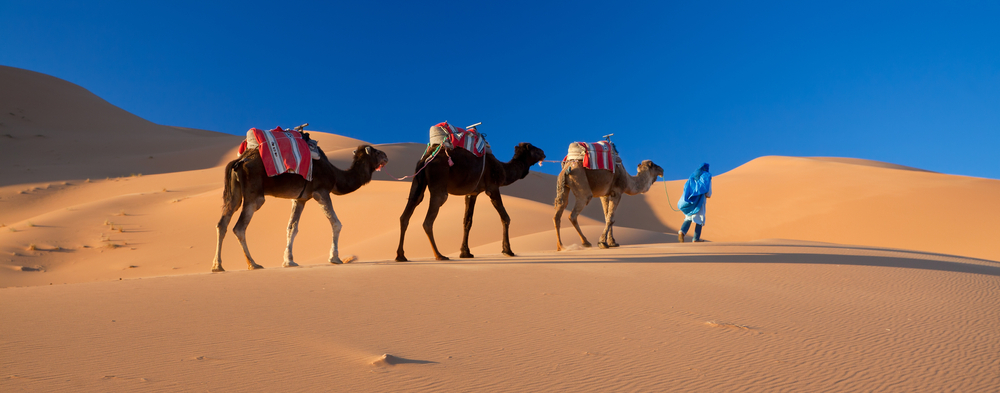


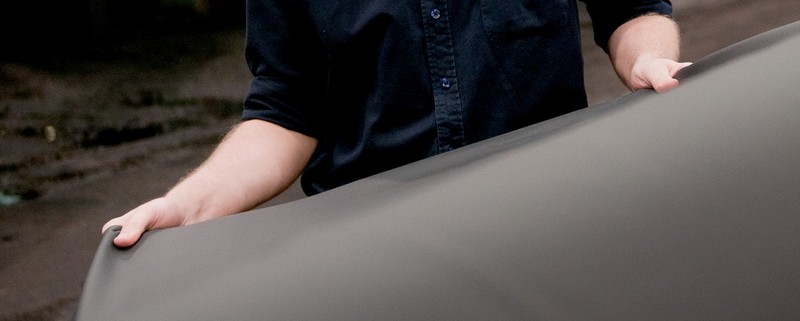


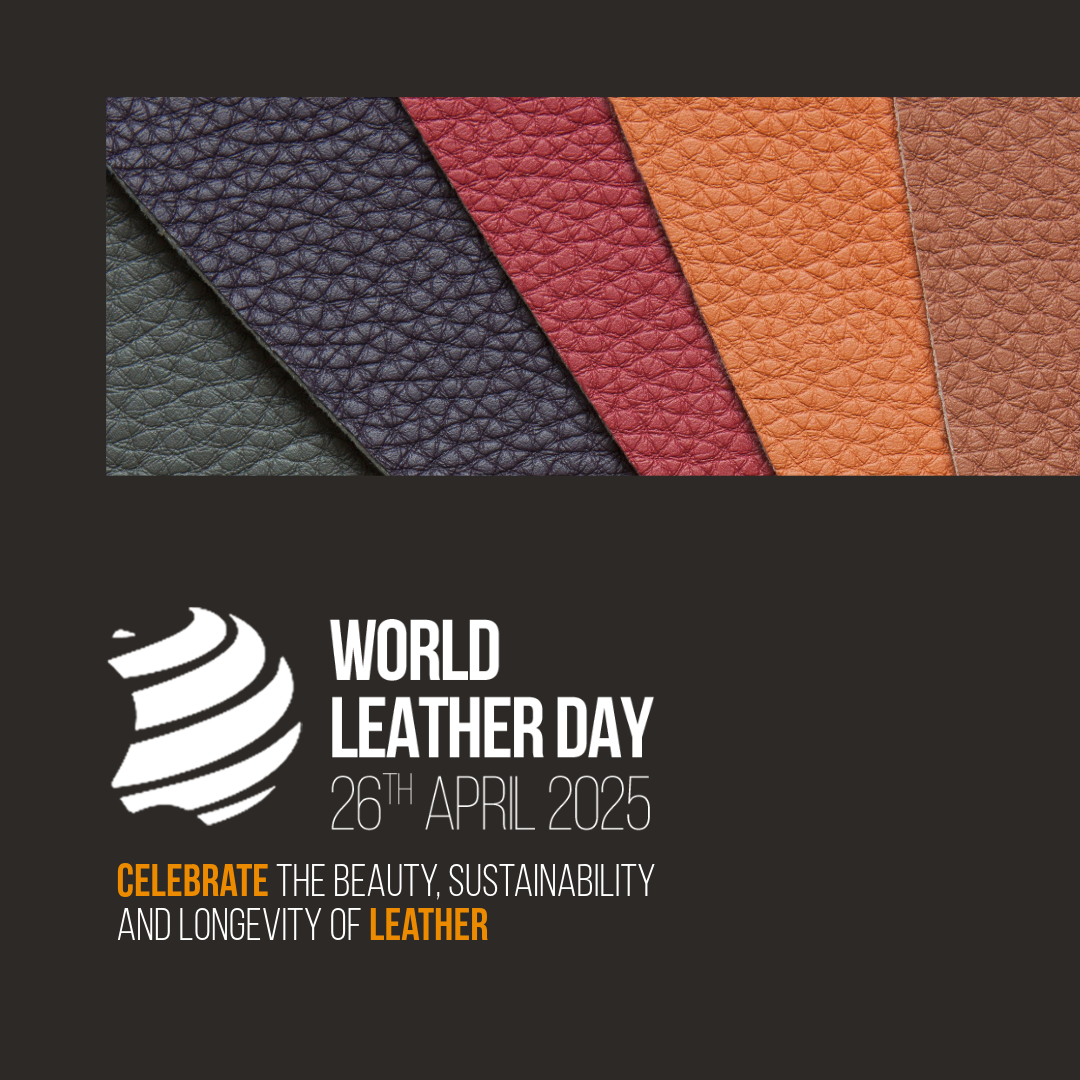 Welcome to popups plugin
Welcome to popups plugin